E-commerce Expansion
E-commerce expansion is transforming the Cat Litter Market, providing consumers with greater access to a variety of products. The convenience of online shopping has led to a surge in sales of cat litter through digital platforms. Recent data shows that online sales of pet products, including litter, have increased by over 30% in the past year. This trend is particularly appealing to busy pet owners who prefer the ease of home delivery. As e-commerce continues to grow, brands that invest in their online presence and optimize their distribution channels may find significant opportunities within the Cat Litter Market, catering to the evolving shopping preferences of consumers.
Sustainability Initiatives
The Cat Litter Market is increasingly influenced by sustainability initiatives. Consumers are becoming more environmentally conscious, leading to a demand for eco-friendly litter options. Products made from natural materials, such as corn, wheat, and recycled paper, are gaining traction. This shift is reflected in market data, indicating that sales of biodegradable cat litter have risen by approximately 25% over the past year. Companies are responding by innovating their product lines to include sustainable options, which not only appeal to eco-conscious consumers but also align with broader environmental goals. As a result, the Cat Litter Market is likely to see continued growth in this segment, as brands that prioritize sustainability may capture a larger share of the market.
Technological Advancements
Technological advancements are reshaping the Cat Litter Market, with innovations enhancing product performance and user experience. Automated litter boxes, which utilize sensors and self-cleaning mechanisms, are becoming increasingly popular among pet owners. Market data suggests that the sales of these high-tech products have surged, contributing to a notable increase in overall market revenue. Furthermore, advancements in litter formulation, such as clumping technology and odor control, are improving the functionality of traditional litter products. As technology continues to evolve, the Cat Litter Market may witness a shift towards more sophisticated offerings, catering to the demands of modern pet owners who seek convenience and efficiency.
Changing Pet Ownership Trends
Changing pet ownership trends are significantly impacting the Cat Litter Market. The rise in pet ownership, particularly among millennials and Gen Z, is driving demand for cat-related products, including litter. Recent statistics indicate that approximately 67% of U.S. households own a pet, with cats being one of the most popular choices. This demographic shift is leading to an increase in disposable income spent on pet care, including premium litter products. As more individuals adopt cats as companions, the Cat Litter Market is poised for growth, with brands focusing on marketing strategies that resonate with younger consumers who prioritize quality and brand values.
Health and Wellness Awareness
Health and wellness awareness among pet owners is becoming a pivotal driver in the Cat Litter Market. Pet owners are increasingly concerned about the health implications of litter materials on their cats. This awareness is prompting a shift towards natural and hypoallergenic litter options, which are perceived as safer for pets. Market data indicates that sales of health-focused litter products have increased, reflecting a growing trend towards prioritizing pet well-being. Brands that emphasize the health benefits of their products are likely to gain a competitive edge in the Cat Litter Market, as consumers seek out solutions that align with their values of health and safety.


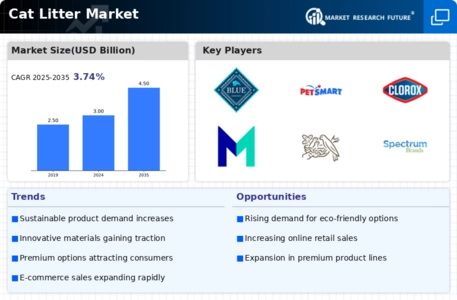
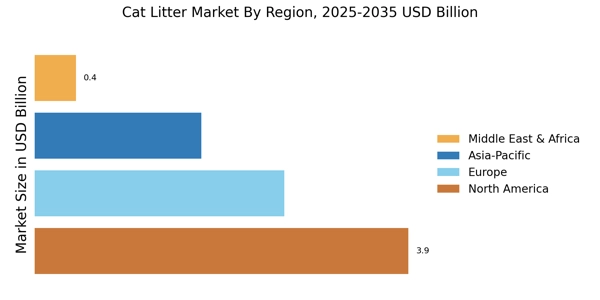

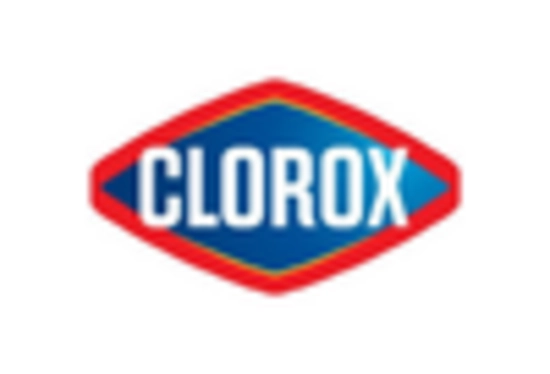
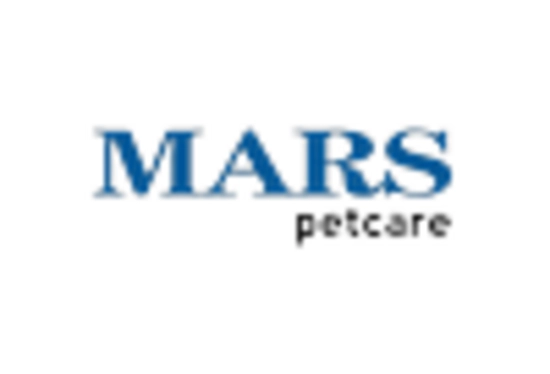
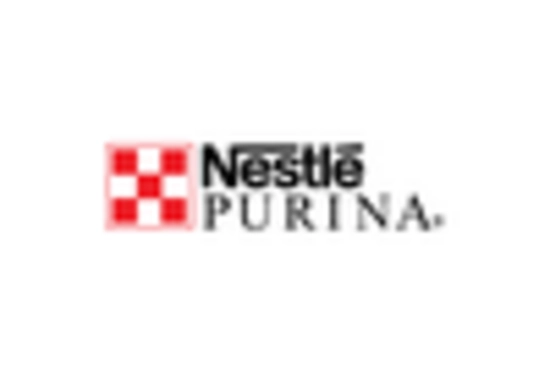
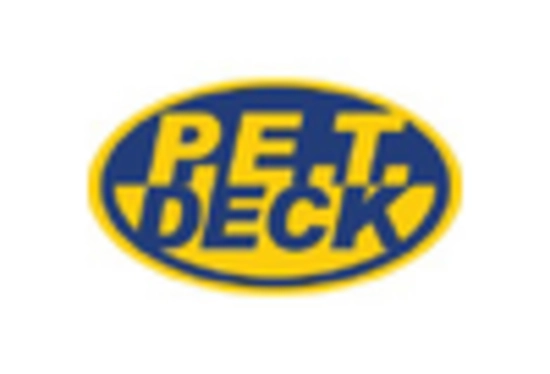
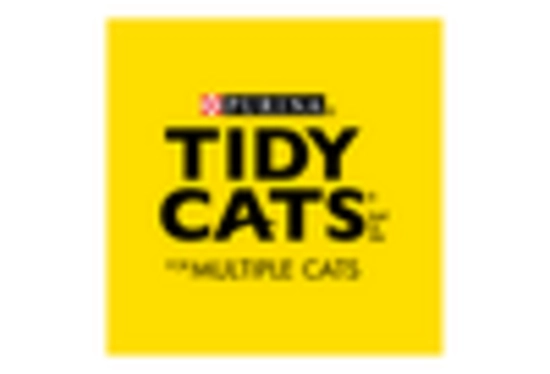








Leave a Comment